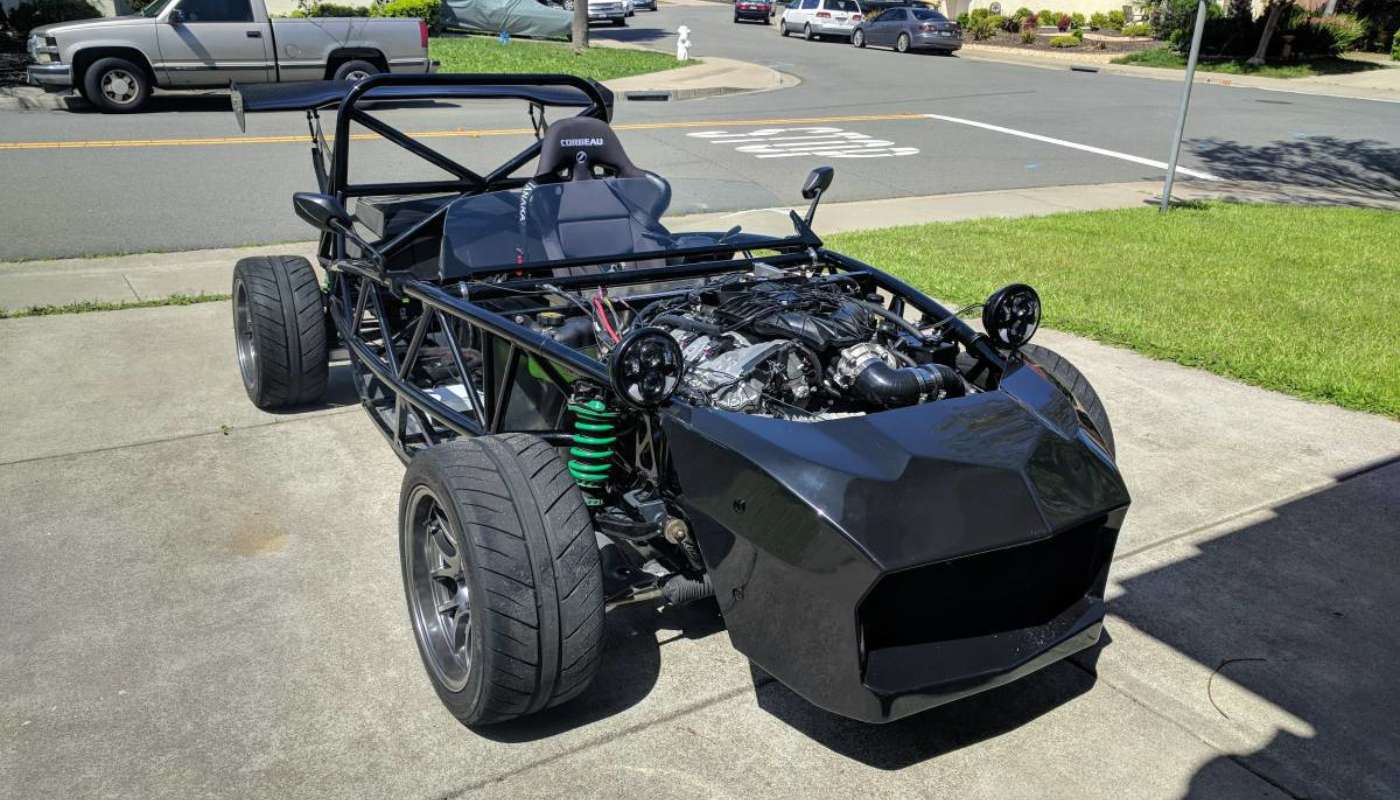
LFX Exocet
By Dean Larson
The Exomotive Exocet is a fun exo car designed to use driveline and suspension components from the Mazda Miata. But some people just can’t leave things alone, and we’ve seen everything from turbocharged and supercharged four-cylinders to monster GM V8s wedged into the Exocet. But could a modern V6 Exocet be just the right mix of power and balance? We’ll have to get into the details to find out.
The driveline in this Exomotive for sale on Craigslist was actually sourced from a 2015 Chevrolet Camaro, an assemblage we’ve yet to see. Deemed the LFX in GM’s monotonous nomenclature, the all-aluminum 3.6-liter engine has a stout 11.3:1 compression ratio and makes 323 hp and 278 lb-ft in Camaro trim. The engine uses sequential electronic fuel injection, making it top performer in terms of MPGs, and it’s also able to run E85.
So how does the LFX compare to other popular engines used in the Exocet? Exomotive designed the car around the first and second generation Miata, (NA and NB respectively) making it a good place to start. Miatas made between 115 and 146 bhp depending on the year and model, and most figures put the Miata’s engines at roughly 300 to 320 pounds.
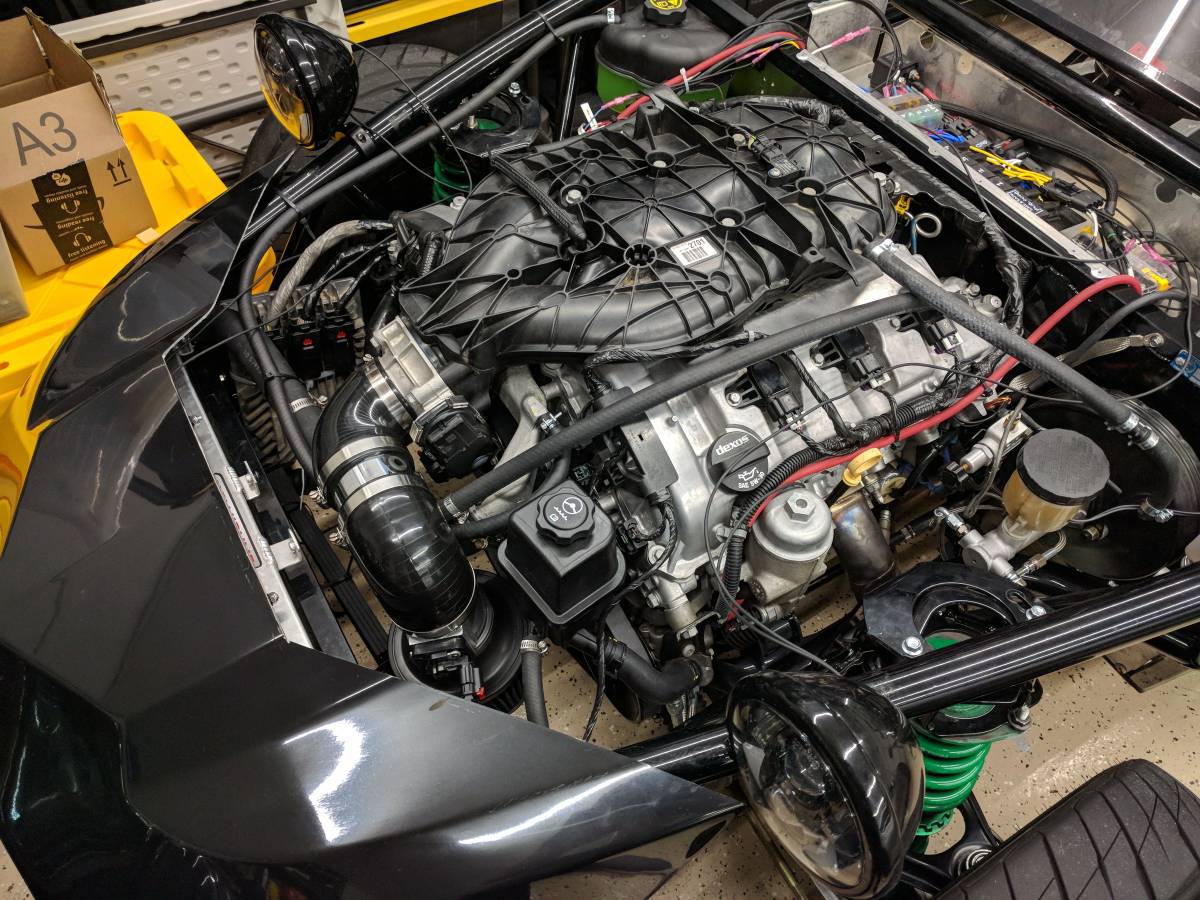
On the other end of the spectrum, there’s the supercharged GM LS-series engine, like the one installed in an Exocet in the article Elemental Motoring. Estimates put this engine between 520 and 550 pounds, a figure that it makes up for with a colossal 556 hp.
There’s a few different ways to meaningfully compare these engines. Obviously the most enjoyable method would be to have three separate cars set up with different engine options, and spend a day flogging them on your favorite circuit. But for most of us, that’s not really an option. From a mathematical standpoint, we can present a few general findings in the form of engine power to weight (hp/lb).
Say your average Miata engine weighs roughly 310 pounds and makes 130 hp, that’s about 0.420 hp/lb. The GM LSA engine flexes its advantages in the way of an eight cylinder aluminum block and forced induction, resulting in 1.04 hp/lb. So how does the LFX come in? At the wheels, a 2015 Camaro with the LFX makes about 265 hp. Divide that by its 350-pound weight, and you’ll get about 0.756 hp/lb.
But we’re obviously car builders around here, not car buyers, and we’re all aware that there’s many other factors that play into build planning other that statistics. You’ll have to decide if the newer and larger powerplants are achievable within your budget and skillset, as there are obviously some additional challenges adapting newer engine packages into the Exocet.
You’ll also want to consider your driving style and how you intend to use the finished product. Do you need 500+ hp in your exo car? (No but, but we’d all sure like to have it) In reality, I do like the idea of an LFX-powered Exocet, and I think it would suit the car well. An extra 135 hp over your average anemic Miata, but far better balanced and controllable than a wild LS-powered car.
If you, or someone you know, buys and finishes this LFX- powered Exomotive, we’d love to hear your track impressions.

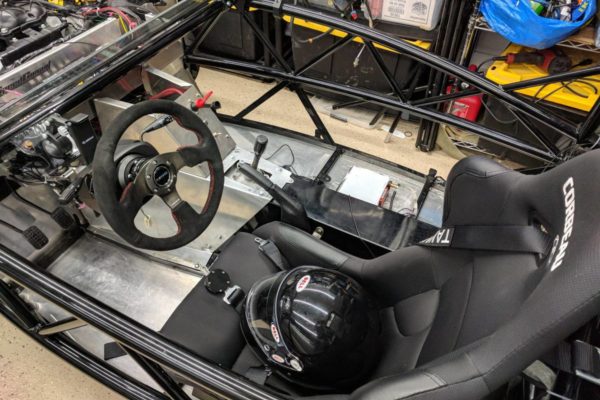
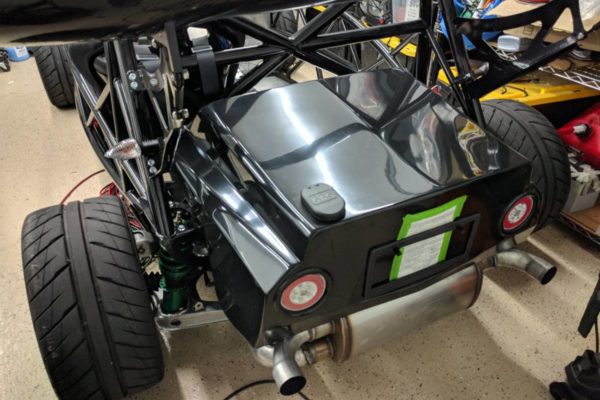
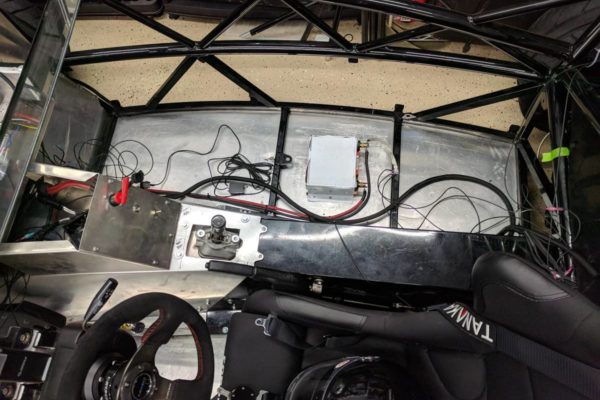


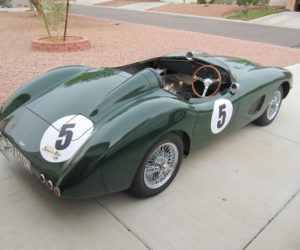


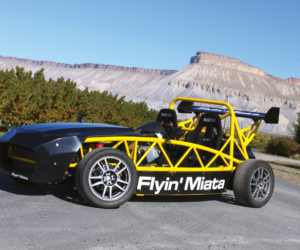




Comments for: LFX Exocet
comments powered by Disqus